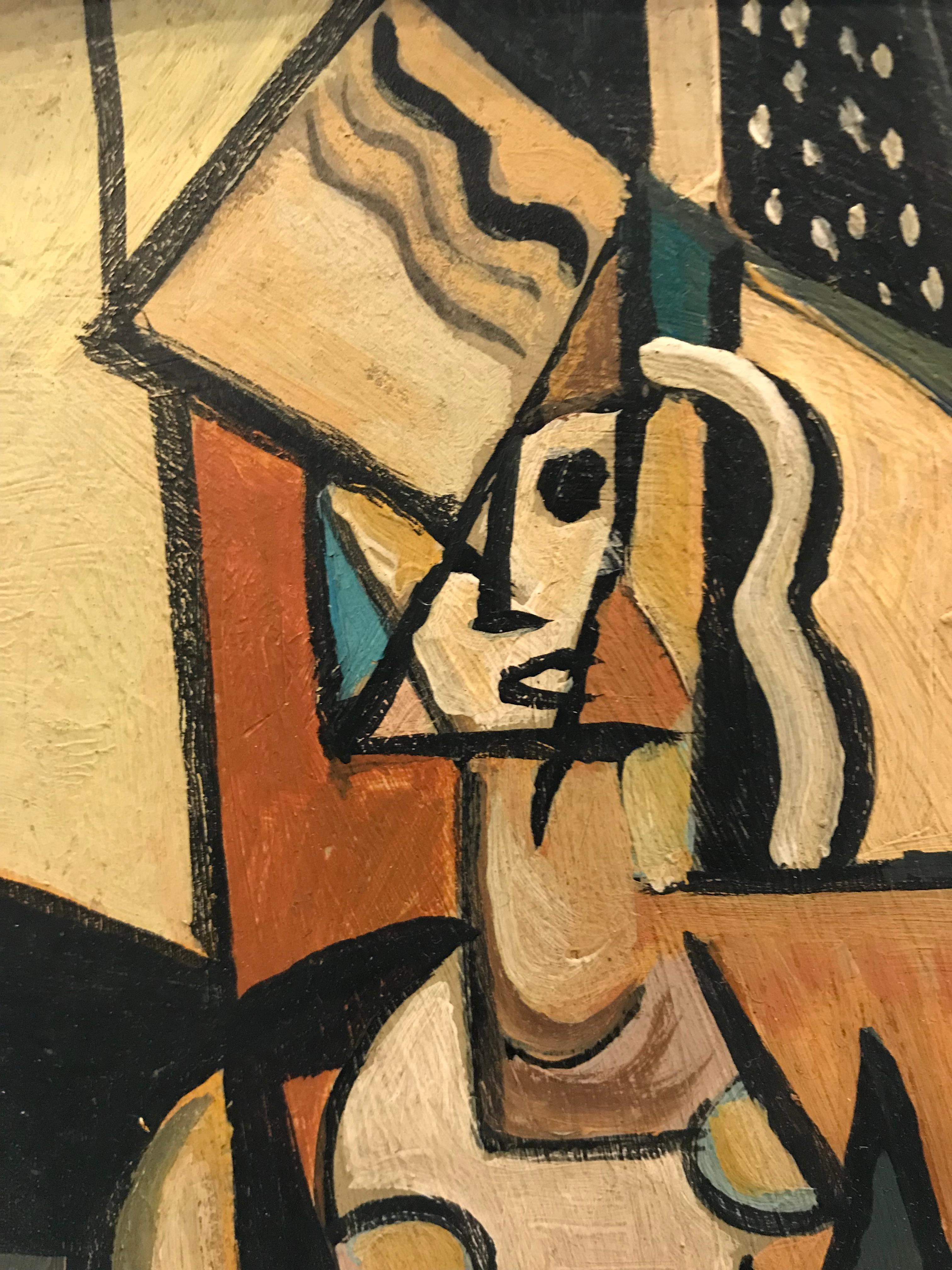
In this style, artists would study (or analyze) the subject and break it up into different blocks.


The movement started in 1908 and lasted through the 1920s. Cubism paved the way for many different modern movements of art in the 20th century. They would break up the subject into many different shapes and then repaint it from different angles. In Cubism, artists began to look at subjects in new ways in an effort to depict three-dimensions on a flat canvas. it would be a very different world of art than the one we know.Cubism was an innovative art movement pioneered by Pablo Picasso and Georges Braque. In fact, it’s nearly impossible to imagine the 20th century without Cubism, Picasso and the others. Nowadays, Cubism seems like just another facet of abstract art, but in reality, it came first-and it directly influenced most of the abstract art of the 20th century. You can see some of the Art Deco similarities in The Guitar, by Jaun Gris, below. Other Cubist artists include Jaun Gris (whose work seems to almost bridge Cubism with Art Deco) and artists like Marcel Duchamp (whose artwork actually spanned a variety of styles and movements). Cézanne’s paintings separated objects into basic shapes-cubes and spheres, mostly-which directly led to Cubism’s use of fractured, geometric planes. Paul Cézanne (although not a part of the Cubist movement himself) is often credited with sparking Braque’s first attempts at painting a Cubist landscape. even though Braque was just as instrumental as Picasso was in founding Cubism. The most famous Cubist is probably Picasso, who created the famous anti-war painting Guernica and thousands of other modern artworks, with Braque a distant second. Here’s an example by Georges Braque, entitled Tenora.Īs you can see, Synthetic Cubism is still fairly geometric, and some pieces (like this one) incorporate traditional media as well as found objects. Instead of breaking a subject down into pieces, it involved assembling pieces already available into a collage.

Synthetic Cubism on the other hand was a natural extension of Analytic Cubism. This type of Cubism is called Analytic Cubism, and it’s usually what comes to mind when people think of Cubist artwork. In doing this, the artist is attempting to give a fuller, more detailed explanation of the subject-breaking past barriers of space and time, like in the famous painting by Marcel Duchamp entitled Nude Descending a Staircase (seen above.)

Instead, after looking at the subject from every possibly angle, the artist will piece together fragments from different vantage points into one painting. Unlike traditional still-lifes, landscapes, or portrait paintings, Cubist paintings aren’t meant to be realistic or life-like in any way. But Cubism wasn’t just a specific “style” or “look”-it actually allowed artists an entirely different way of seeing and depicting real-life objects. Started by Georges Braque and Pablo Picasso, most Cubist works are immediately recognizable due to their flattened, nearly two-dimensional appearance an inclusion of geometric angles, lines, and shapes and a fairly neutral color palette.Īs the movement evolved, color, texture, and graphic elements (like text) were added, to the point where later Cubist works often appeared more like collage than anything else. Within the first two decades of the 20th century, a new art movement began that was unlike any other.


 0 kommentar(er)
0 kommentar(er)
